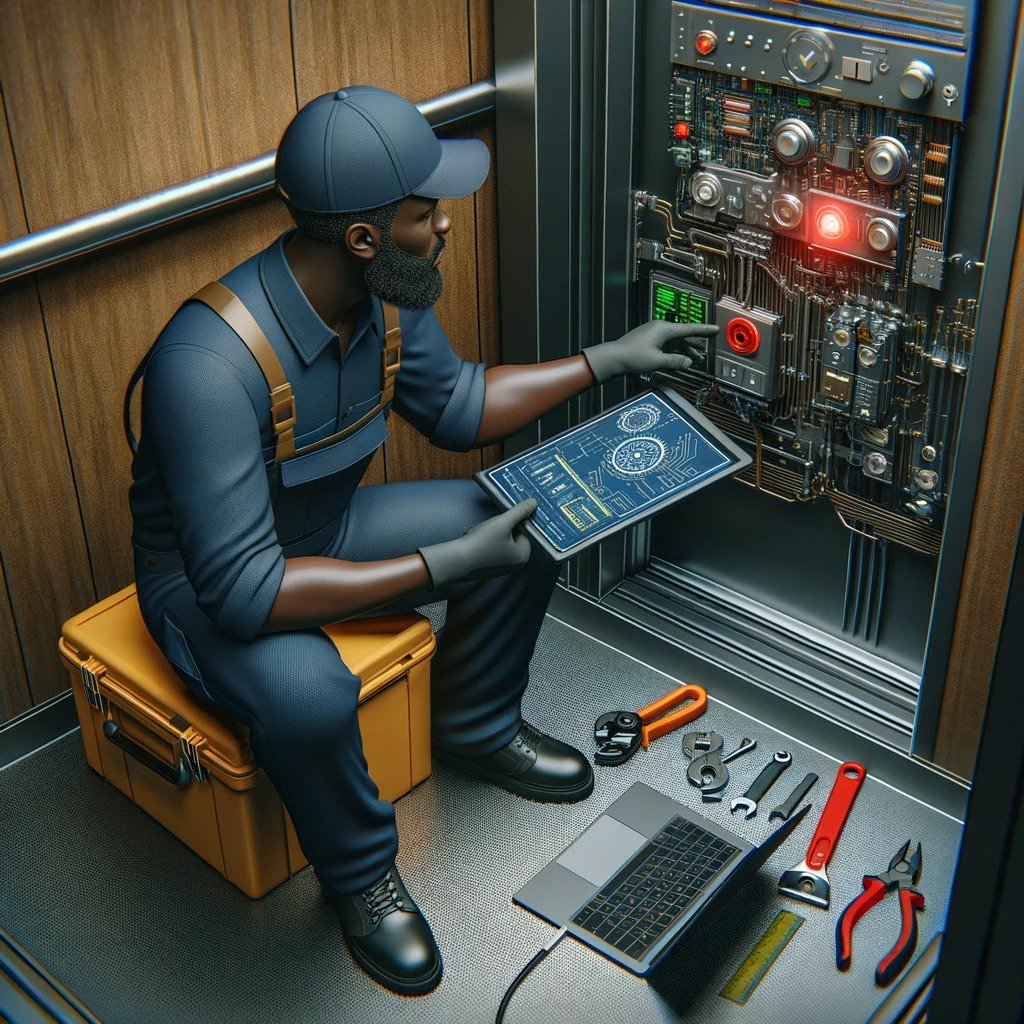Introduction to Elevator Maintenance:
Welcome to our essential guide on maintaining elevator and lift equipment, especially during periods of inactivity. In this article, you’ll learn three critical aspects of maintaining your mobility solutions: preserving their mechanical integrity, complying with safety standards, and achieving cost efficiency. Like a vehicle that requires care even when not in use, your elevator and lift equipment need regular attention to ensure longevity and reliability.
Lubrication Preservation: The First Step to Long-Term Care
One of the most crucial aspects of maintaining your Elevator, Homelift, and Stairlift equipment is ensuring the lubrication of its many moving parts. Over time, just as a vehicle left in storage, lubricants can degrade or dry out. This lack of lubrication leads to increased friction when the equipment is brought back into operation, risking damage to vital components. At Mobility123, we emphasize the importance of regular lubrication checks and reapplication to keep your systems running smoothly and efficiently.
Combating Corrosion and Rust Formation: Protecting Critical Components
Home Elevators, much like stored cars, are prone to moisture intrusion, which can lead to rust and corrosion in critical areas like bearings, cables, and pulleys. Regular maintenance by our skilled technicians at Mobility123 includes thorough inspections to identify and address such issues before they escalate. This preventive approach not only safeguards the equipment’s functionality but also extends its lifespan.
Mechanical and Electrical Component Care: Ensuring Reliability
Over time, components such as brakes, switches, and motors can degrade, especially when not in use. Electrical contacts and connections may become less reliable due to environmental factors, similar to how a car’s battery deteriorates, impacting other electrical systems. Regular checks of these components are crucial in ensuring the reliability and safety of your elevator and lift systems.
Safety System Checks: A Non-Negotiable Priority
Safety systems in elevators, like emergency brakes and alarms, must always be in optimal condition. Prolonged inactivity without regular checks can lead to system failures, posing significant safety risks. Mobility123’s Maintenance Services include comprehensive safety system evaluations to ensure your equipment remains dependable and safe for all users.
Compliance with Standards: Avoiding Legal and Insurance Complications
Regular maintenance is not just about preserving the equipment; it’s also about ensuring compliance with safety standards and regulations. This aspect is especially important after extended periods of non-use. Mobility123 ensures your equipment adheres to all necessary standards, helping you avoid legal and insurance complications.
Cost Efficiency: The Economic Benefits of Proactive Maintenance
Proactive maintenance is invariably more cost-effective than reactive repairs. Addressing potential issues in elevators and lifts after long periods of inactivity can be significantly more expensive than routine maintenance. This approach saves you money in the long run and prevents the inconvenience of unexpected breakdowns.
Conclusion: The Importance of a Structured Maintenance Plan
In summary, a well-structured maintenance plan for your elevators and lift equipment, even during periods of inactivity, is fundamental for ensuring their longevity, compliance with safety standards, and overall cost efficiency. Neglecting maintenance can lead to severe deterioration and higher repair costs, similar to the consequences faced by a vehicle left unused. Trust Mobility123 to provide expert care and maintenance for your mobility solutions, ensuring their reliability and safety for years to come.


